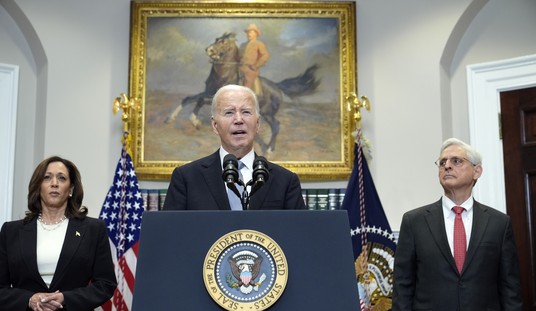Donald Trump has ordered a plan to shutter the U.S. Department of Education and transfer its programs to the states, giving Congress a roadmap on how to accomplish that.
This is a long-term project with no certainty of success. While the Education Department has many enemies, it also has many friends in both parties. With an FY 2025 budget of $82.5 billion, there's plenty of cash to spread around.
That $82.5 billion is in addition to the $276 billion spent to help K-12 students "catch up" after the pandemic. The government called that program "The Education Stabilization Fund." The truth is, it didn't stabilize anything.
The National Assessment of Educational Progress (NAEP) is often called "The Nation's Report Card" because it's administered to so many students. The results from the 2024 NAEP test reveal the total failure of our Education Department.
"The percentage of eighth graders who have 'below basic' reading skills according to NAEP was the largest it has been in the exam’s three-decade history — 33 percent," reports the New York Times. "The percentage of fourth graders at “below basic” was the largest in 20 years, at 40 percent."
The teachers won't take responsibility for that disaster. The Education Department isn't either, despite creating programs they claimed would help kids "catch up."
Closing down the department would be an extraordinary move that would help Trump inch closer to fulfilling the promise that he made for months on the campaign trail: dismantling it and sending education policy back to the states.
But any executive action is likely to ask for a plan to shut down the department, but not an immediate directive to shut down the department, sources told ABC News.
It’s also unclear how the next education secretary would handle plans to close the department and reallocate its functions. Trump’s education secretary choice Linda McMahon has not yet had a Senate confirmation hearing. A bill in the Senate to shutter the department would likely fail without a two-thirds majority vote.
Without a semi-orderly transfer of responsibilities from federal to state agencies, chaos will ensue. That's why the Trump administration will begin the process by moving carefully. The planned executive order would "shut down all functions of the agency that aren’t written explicitly into statute or move certain functions to other departments," according to the Wall Street Journal."
Fully abolishing the department would require an act of Congress, and lawmakers have for years shown little interest in doing so. Trump unsuccessfully tried to merge the education and labor departments in his first term.
Last week, Rep. Thomas Massie (R., Ky.) introduced a bill to abolish the Education Department by the end of 2026. “Unelected bureaucrats in Washington, D.C., should not be in charge of our children’s intellectual and moral development,” Massie said. “States and local communities are best positioned to shape curricula that meet the needs of their students.”
I liken attempts to get rid of the Education Department to trying to get rid of Obamacare. Both of those huge entities have embedded themselves into every nook and cranny of American life. It's not just a question of declaring them dead or repealed. Both Obamacare and federal education programs are a part of the DNA of many communities, and the chaos that would ensue by getting rid of either of those programs would cause enormous pain to some of the most vulnerable citizens.
Related: Trump Looks to Withhold Transportation Funds For Sanctuary Cities
Congress isn't going to get rid of the Education Department. There simply aren't the votes, as many Republicans have shown in the past that shuttering the Education Department is a bridge too far.
But if Trump and Elon Musk are able to shrink the Department of Education, curtailing many of its programs, the administration should consider it a victory.










Join the conversation as a VIP Member